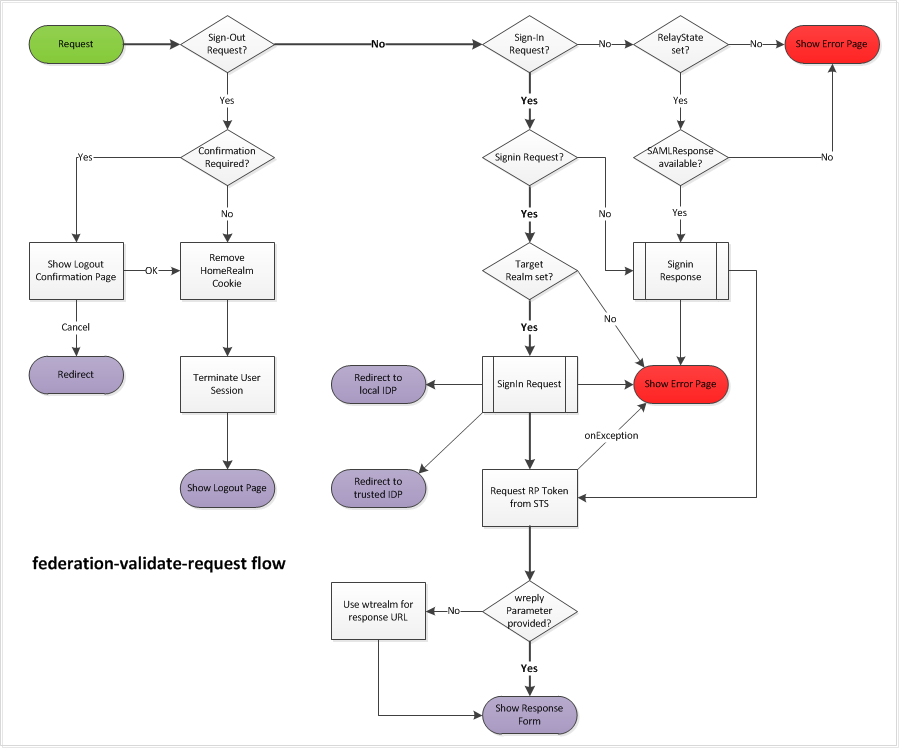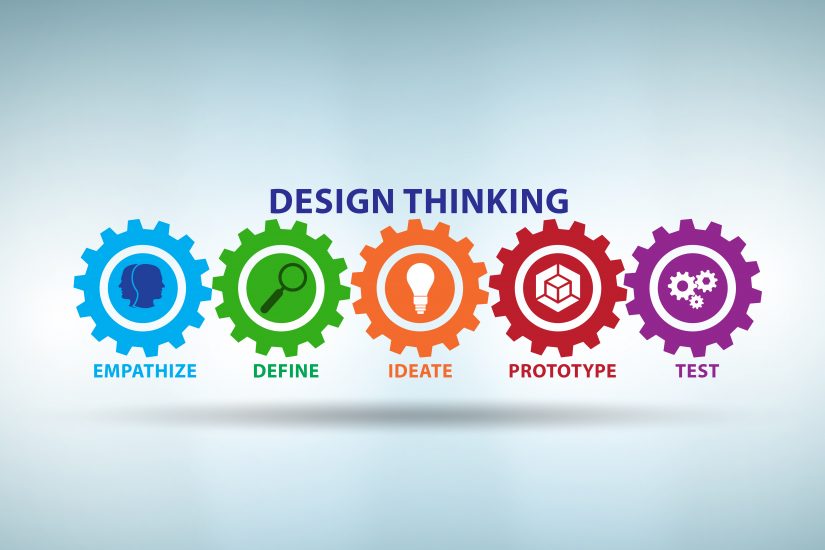
This article has some great tips for website design. Learn more about Usability, Typography and Imagery. After you've mastered these basics, you'll be ready to create your own stunning website. Listed below are some of the most common design mistakes to avoid:
Usability
Weability is one of the many factors that affect the display of content on websites. The majority of internet users now use mobile devices, so it is important to adapt for this change. Flexible web layouts make it easier to use. The internet has evolved to include many types of enterprise, including dating and social networking. Users are required to give personal information when using such enterprises. Website design must place trust in the users and prioritize security, payment, as well as trust.

Typography
Designers are skilled at balancing three components of text. They create eye-catching copy that is still easily read. They make sure that their work is tested in grayscale before making any color adjustments. They are also familiar with the importance of creating a typographic hierarchy. This allows it to be easier to differentiate between standard and prominent text. For this reason, good designers always use a color palette with appropriate contrast and saturation levels. It is essential that your font matches the background color.
Imagery
Images communicate a clear message. Images should be consistent with the page's theme, relevant to the topic and your own. Your imagery should be as relevant as possible, minimize distractions, and have a consistent tone, saturation, and tone. Images should also have an alternative text that can be read by screen readers. Images should communicate your product and brand's message when used correctly.
Navigation menu
There are several important principles to follow when designing a navigation menu for your website. The first is consistency. Visitors can get confused if there are different modes of navigation on your website. Another important point is that your menu text needs to be concise, specific, and focused. The user should not have to look at the meaning of your menu text. Avoid placing too many items on the main menu. Websites should limit their number to eight.

Footer
The footer can be made of many elements. A copyright notice is one such element. It serves an informative purpose only. The copyright notice serves as a declaration about your legal rights in relation to website design. It is important to keep your website design simple, but with the right amount of information. These are five key elements that you should consider when designing the footer for a website.
FAQ
What is a responsive design web design?
Responsive Web Design (RWD) is an approach to designing websites where content displays responsively on all devices - desktop computers, laptops, tablets, smartphones, etc. This allows users to simultaneously view a website from one device while still being able to access other features, such as navigation menus and buttons. The goal of RWD is to ensure that when a user views a site on any screen size, they view the exact version of the site.
You would, for example, want to make sure that a customer can view your website even on a mobile device.
Responsive websites will adjust their layout according to the device that is being used. So, viewing the site on your laptop will look like a standard desktop website. It will be different if the page is viewed from your phone.
This means that you can create one website that looks great across all devices.
Do I use WordPress?
It is best to start small in order to establish a web presence. If you have all the resources and time, then build a website. Start with a basic blog, even if your budget is limited. As you develop your website design skills, you can always add additional features.
However, before you create your first website you need to set up a primary URL. This will provide a point to which you can publish content.
Are you a technical person who wants to design and build a site?
No. You just need to be familiar with HTML and CSS. Tutorials that teach HTML and CSS can be easily found online.
Can I use HTML & CCS to build my website?
Yes, you can! It's possible! You need to have basic knowledge in web design and programming languages, such as HTML (Hyper Text Markup Language), CSS and Cascading Style sheets (Cascading CSS Sheets). These languages allow you create websites that can be viewed by anyone with internet access.
Statistics
- At this point, it's important to note that just because a web trend is current, it doesn't mean it's necessarily right for you.48% of people cite design as the most important factor of a website, (websitebuilderexpert.com)
- It's estimated that in 2022, over 2.14 billion people will purchase goods and services online. (wix.com)
- Is your web design optimized for mobile? Over 50% of internet users browse websites using a mobile device. (wix.com)
- It enables you to sell your music directly on your website and keep 100% of the profits. (wix.com)
- When choosing your website color scheme, a general rule is to limit yourself to three shades: one primary color (60% of the mix), one secondary color (30%), and one accent color (10%). (wix.com)
External Links
How To
What is website hosting?
Website hosting is the location where people go when they visit websites. There are 2 types.
-
Shared hosting is the cheapest. Your website files reside on a server controlled by someone else. Customers visiting your website send their queries over the Internet, to that server. The server owner then forwards the request to you.
-
Dedicated hosting: This is the most costly option. Your website is hosted entirely on one server. There are no other websites sharing space on the server. Your traffic remains private.
Because it is less expensive than dedicated hosting, shared hosting is preferred by many businesses. Shared hosting allows you to have your website run by the company who owns the server.
Each option has its pros and cons. Here are some key differences between them.
Shared Hosting Pros
-
Lower Cost
-
Easy to Set Up
-
Frequent updates
-
It is possible to find it on many web hosting companies
Shared hosting is often as cheap as $10 per month. Remember that shared hosting usually comes with bandwidth. Bandwidth describes the amount of data that can be transferred over the Internet. Even if only you upload photos to your blog or website, high-volume data transfers may incur additional charges.
You'll soon discover why you paid so much more for your previous host when you get started. Most shared hosts don't offer any customer support. Although their techs may help you with setting up your site, it's not a common practice.
You'll want to look into a provider that offers 24-hour phone support. They'll take care of any issues that come up while you sleep.
Hosting dedicated:
-
More Expensive
-
Less common
-
Requires Special Skills
You're getting everything you need with dedicated hosting to operate your website. You won't have worry about whether your website is using enough bandwidth, or whether it has enough RAM (random-access memory).
This means that upfront, you'll need to spend a bit more. You'll soon realize that your business is self-sufficient once it's online. You'll quickly become an expert at managing your server.
Which Is Better For My Business, So Which Is Better?
The answer will depend on the type and purpose of your website. Shared hosting is best for those who only need to sell products. It's easy to set up and maintain. You'll probably receive frequent updates because you are sharing a server hosting many other sites.
If you are looking to create a community around your brand, dedicated hosting is the best option. You can put your efforts into building your brand, and not worry about how to handle your traffic.
Bluehost.com is a web host that offers both. Bluehost.com provides unlimited monthly data transfer, 24/7 support, free domain registration and a 30-day money back guarantee.